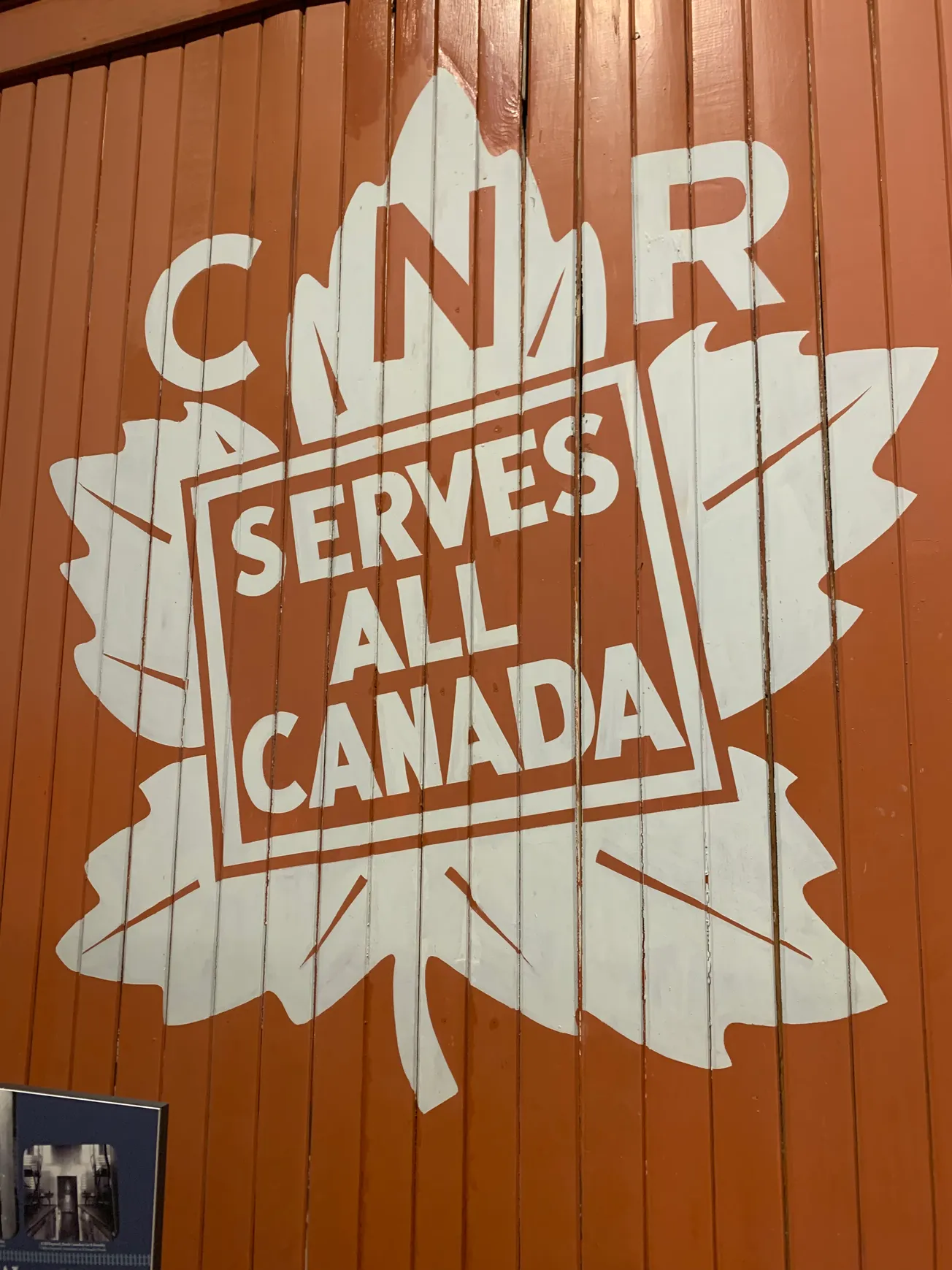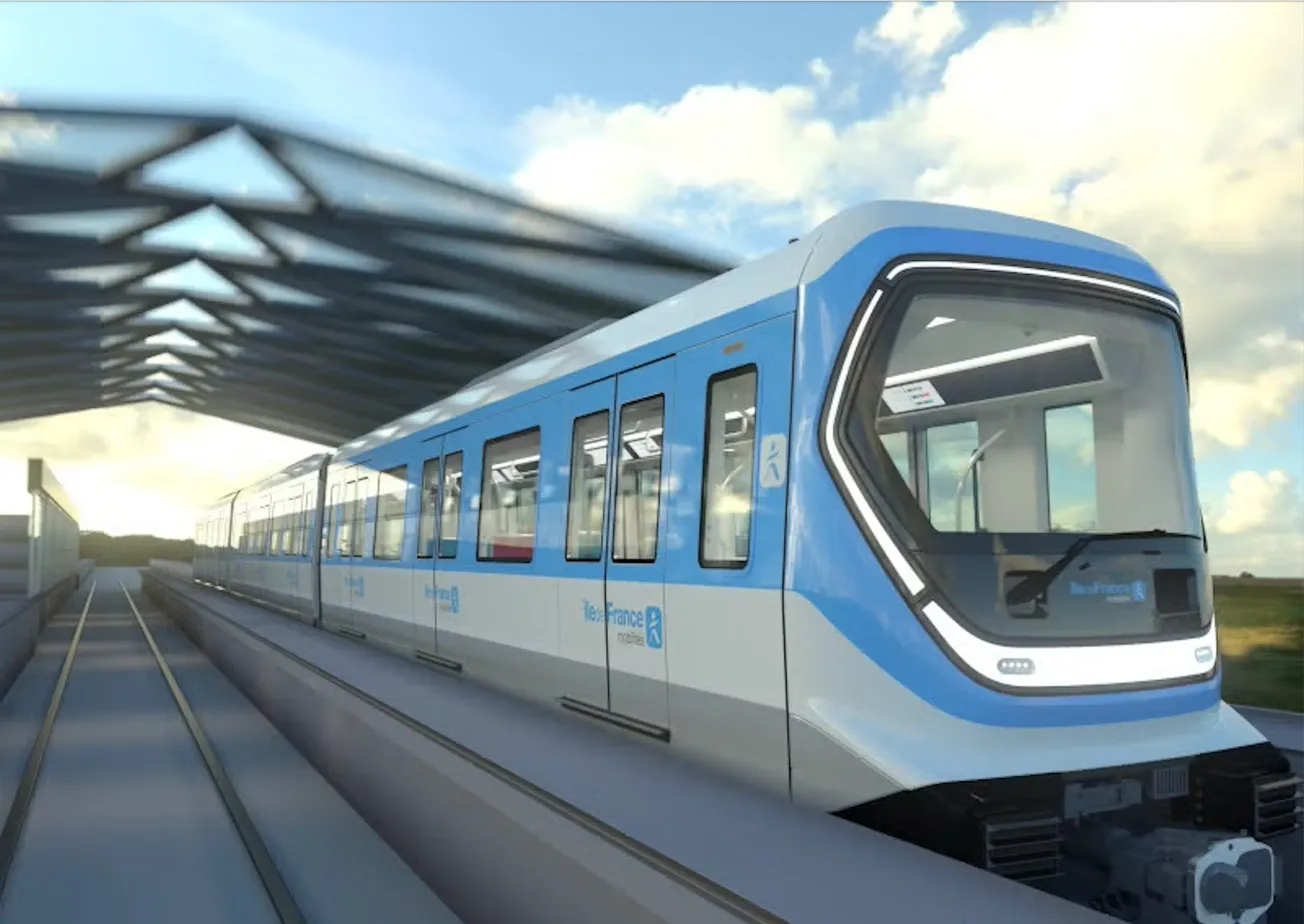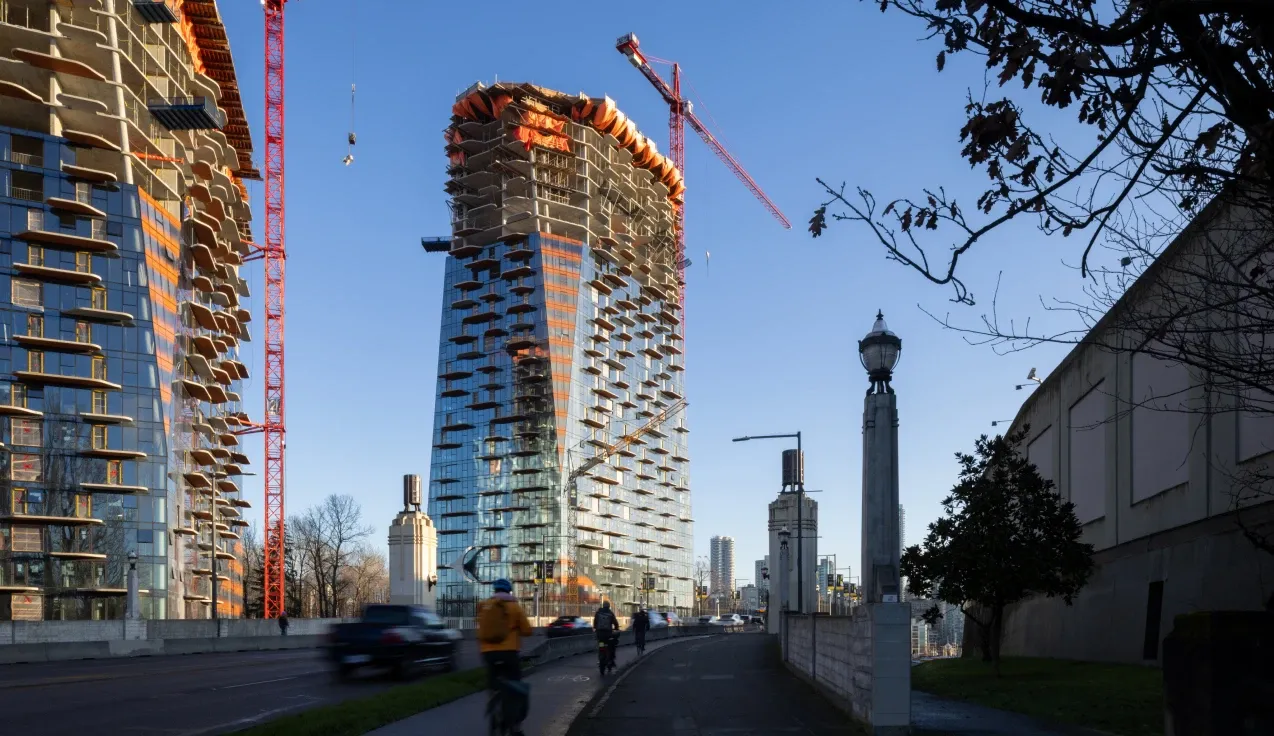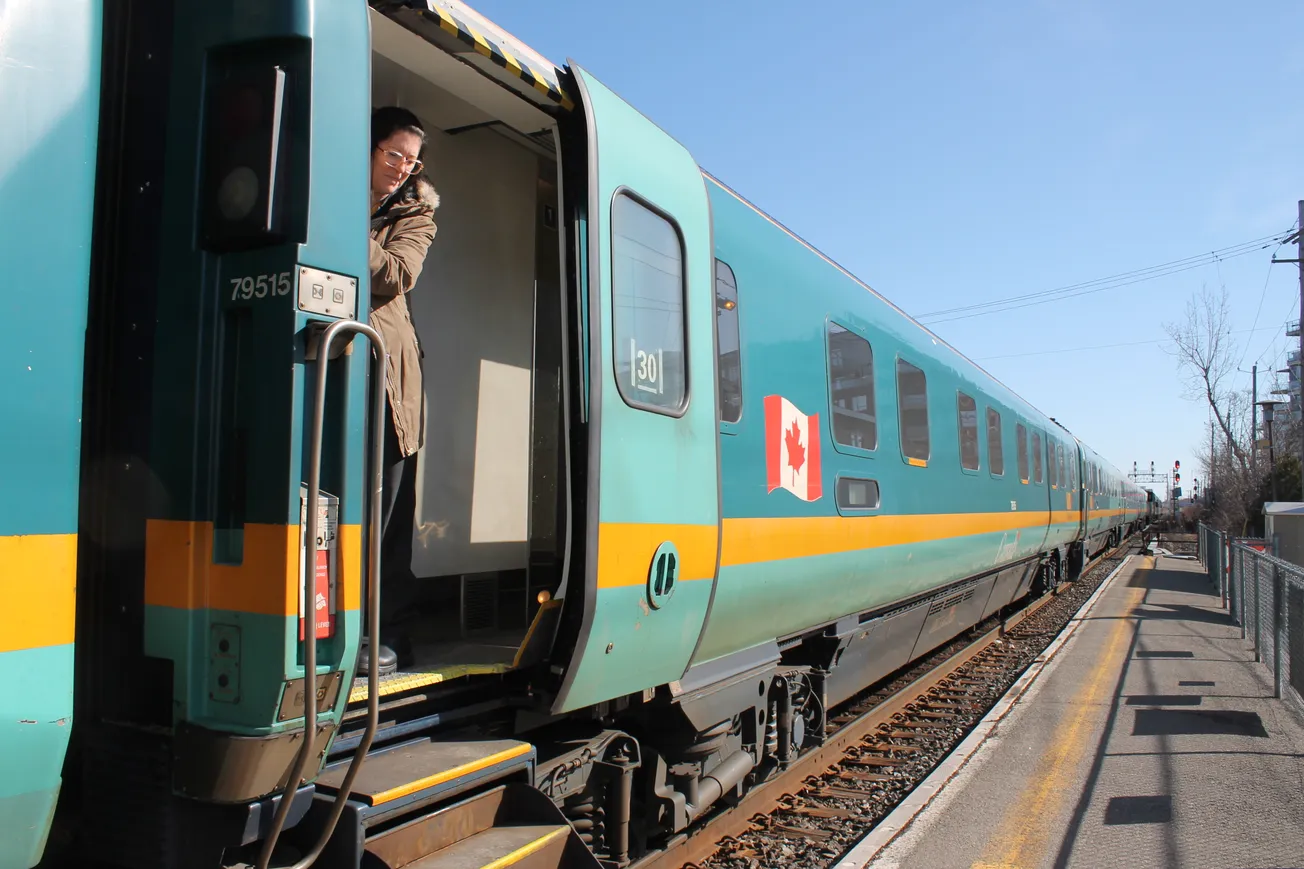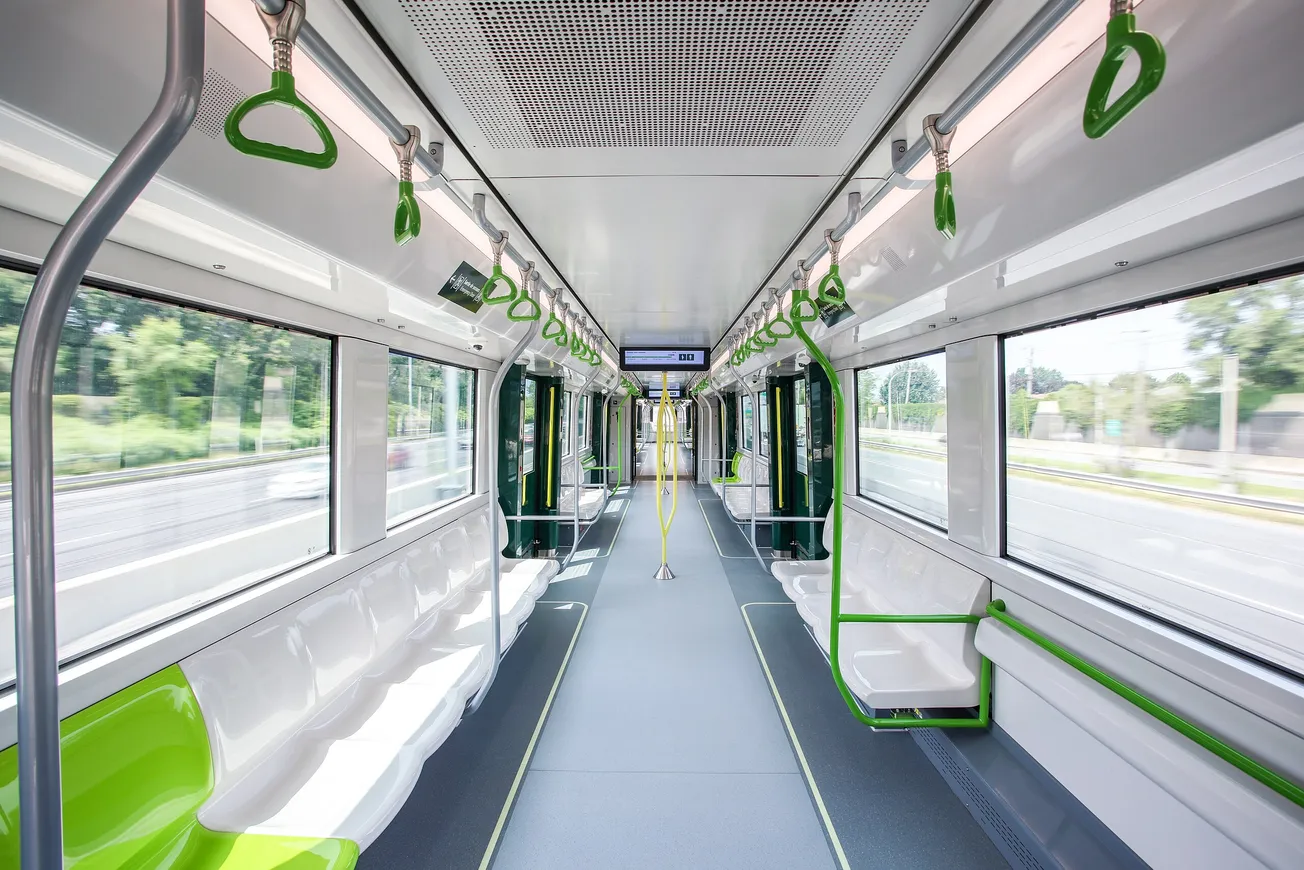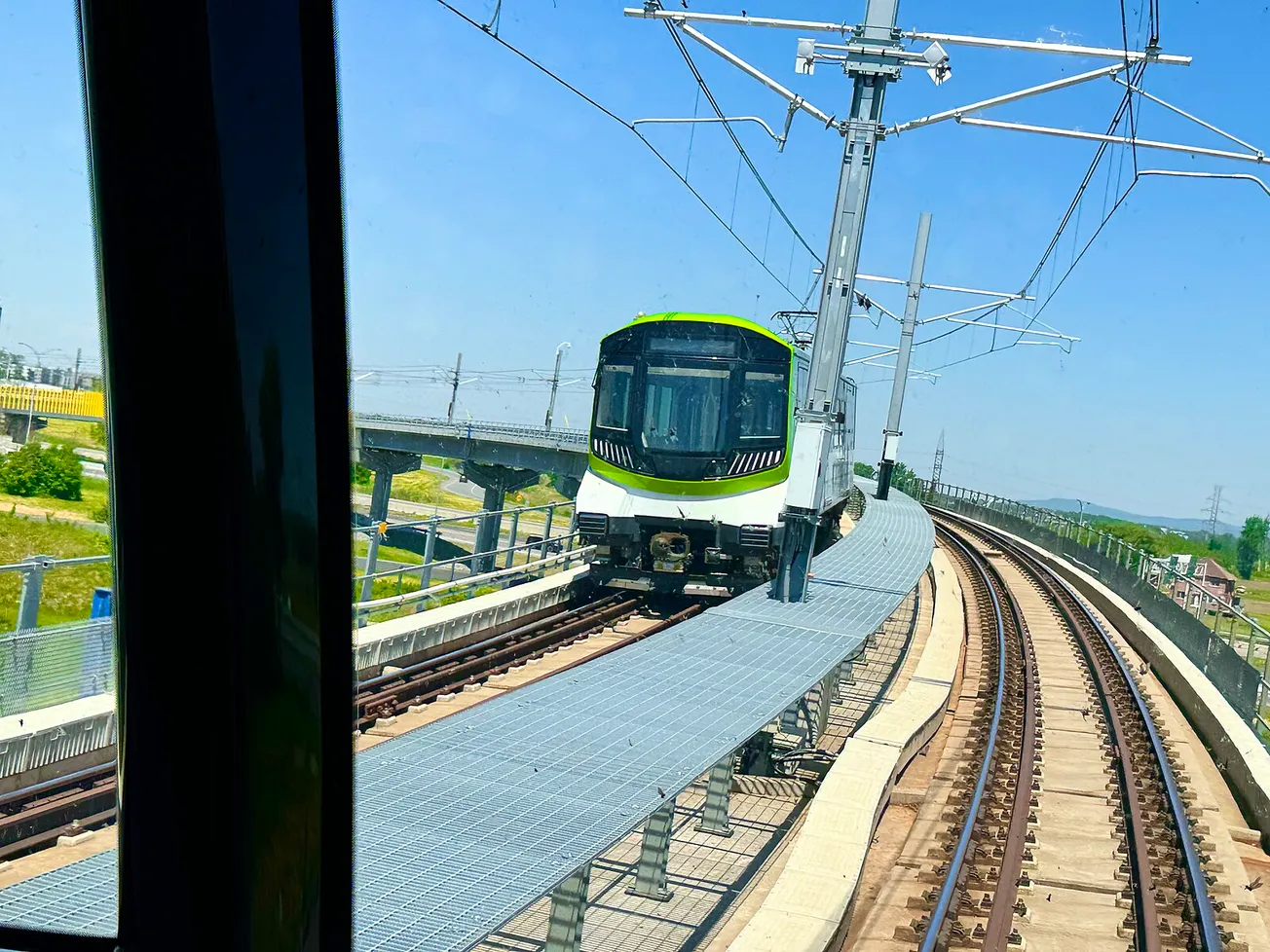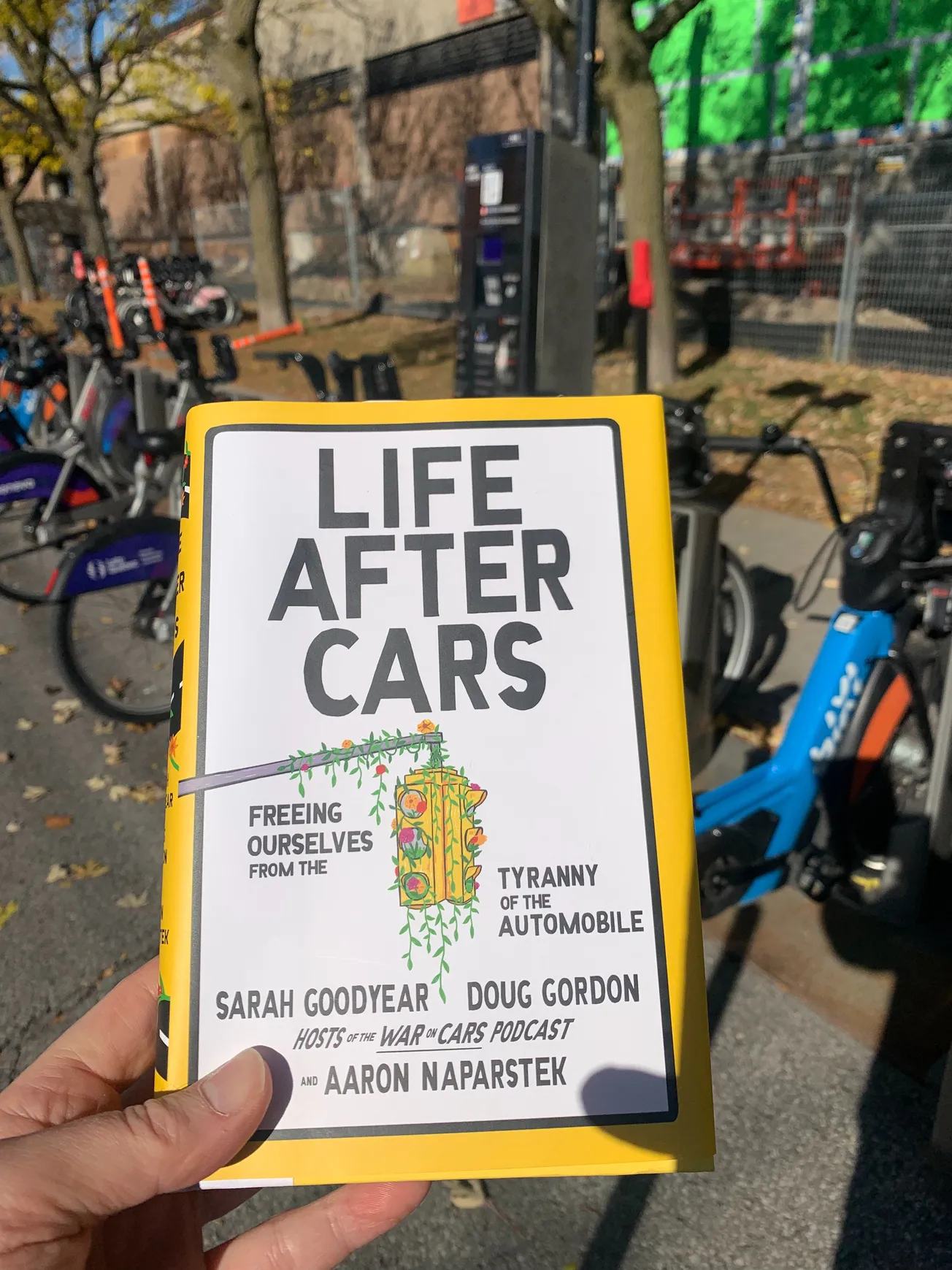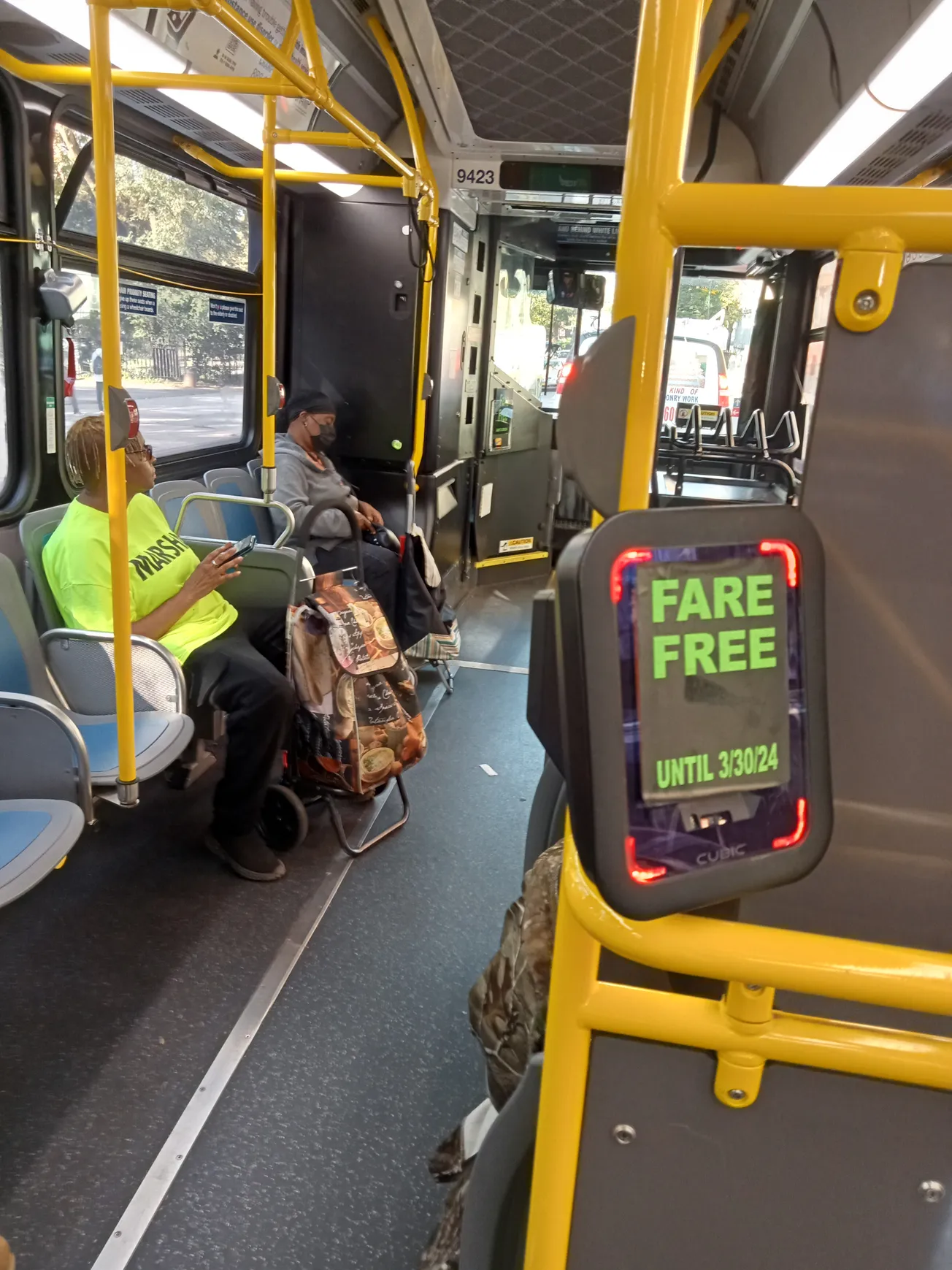A Visit to Exporail, near Montreal, the Repository of Canada's (Conflicted) Railway Heritage
// I'm more and more convinced that you can't understand the history of the modern world without understanding the history of the railways. This is especially true in the Americas, where the story of nation-states, starting in the 1830s, is tied up with the diffusion of tracks across the landscape. And nowhere is this more true than Canada—my home and native land—which owes its modern shape to the building of the transcontinental railways that lashed British Columbia to Ontario, Quebec, and the Maritimes, and, for better and for worse, decanted settlers, colonists, mounted policemen and prospectors over lands occupied by indigenous peoples since, as the saying goes, time immemorial.
Railways, including municipal trolley systems and interurbans, were the dominant form of transport—of both passengers and freight—on this continent up until the 1920s, when private cars and trucks really began to take off, and rail continued to be a mighty mover of people until the early 1960s, when travel by airplane began to be democratized. But really, the triumph of freeways and runways on this continent is a recent phenomenon. The secret history of the human geography of the Americas is hidden all around us, often in plain sight, in the "duplicate slender lines" (the phrase is Whitman's) that cut across prairies and mountain ranges, bisect towns and settlements, and whose branches and sidings even now penetrate into unexpected corners of our biggest cities.
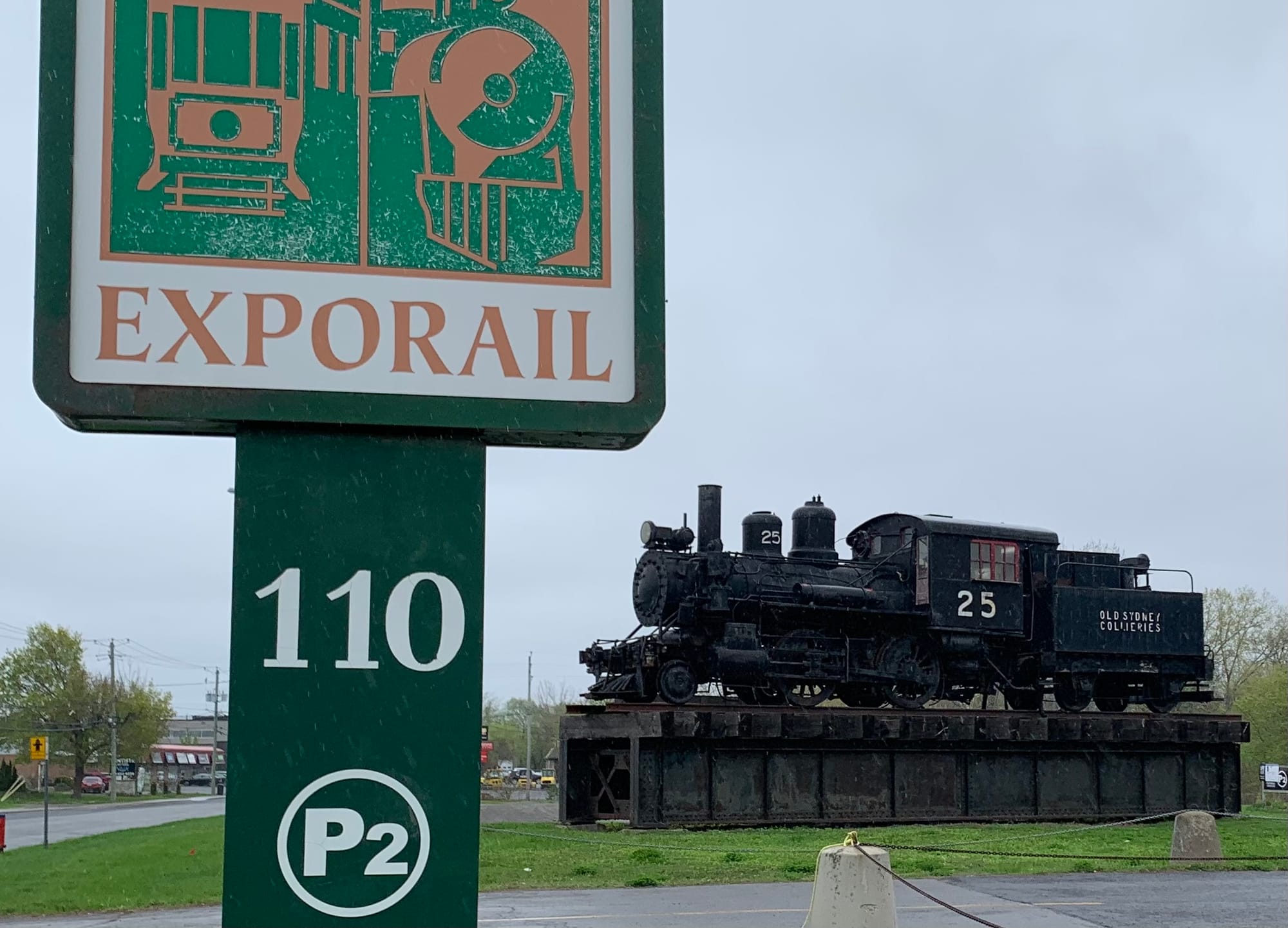
This history is documented in hundreds of rail museums, often staffed by amateur historians and rail enthusiasts. I'm lucky that, in living in Montreal, I'm within striking distance of Canada's largest railway museum, Exporail (a name that makes sense with both a French and an English pronunciation). I'd been once with my kids; but much of that visit was spent riding the loop of the outdoor miniature train. This time, I'd be going alone, and taking the time to linger over the permanent collection.
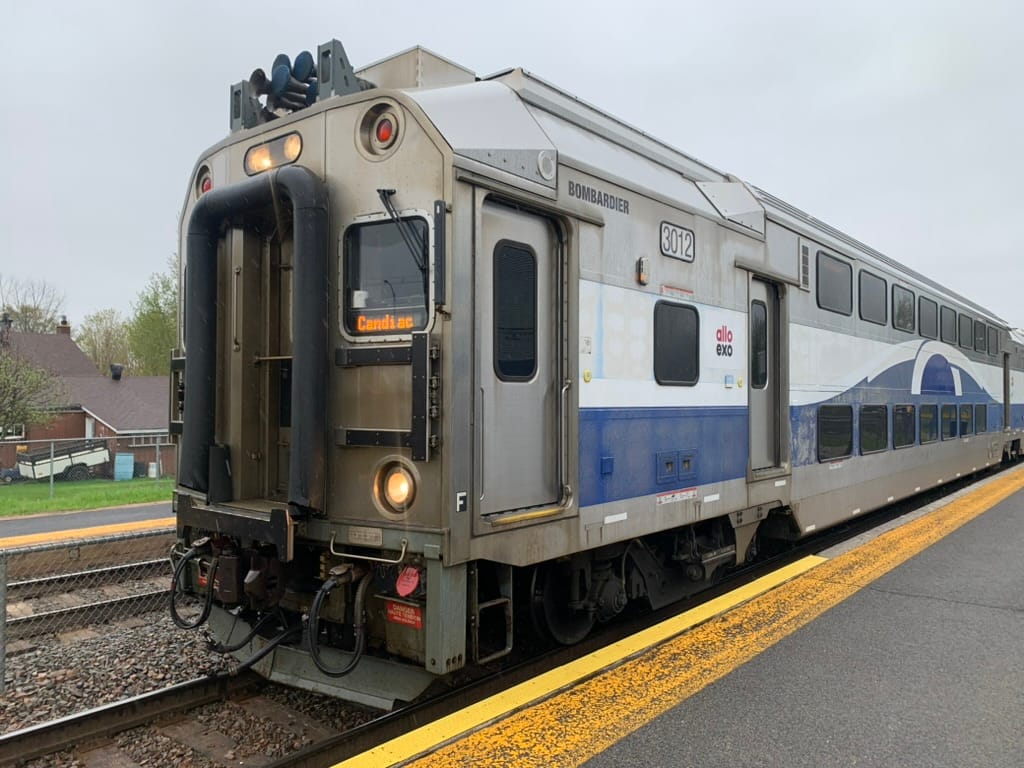
If you plan well, you can get to Exporail in a most fitting manner: entirely by train. (If you come from south of the border, you can ride Amtrak's Adirondack up the Hudson Valley from New York City's Penn Station to Montreal's Central Station.) On a Friday morning this spring, I rode the métro to Vendome station, and walked up to the outdoor platform for Exo. The Montreal area's commuter rail network runs heavy-duty, bi-level trains, but is nowhere near as frequent as the RER, Paris's equivalent, which has multiple hourly departures; Exo is very much a peak-period, downtown-centered service, with a few grudging mid-day and weekend departures. That means, if you're not coming by car, you have to plan your movements carefully. (You'll find a handy guide to getting to Exporail in this link. It's a bit more elaborate, but you can also get there by REM train and two buses.)


